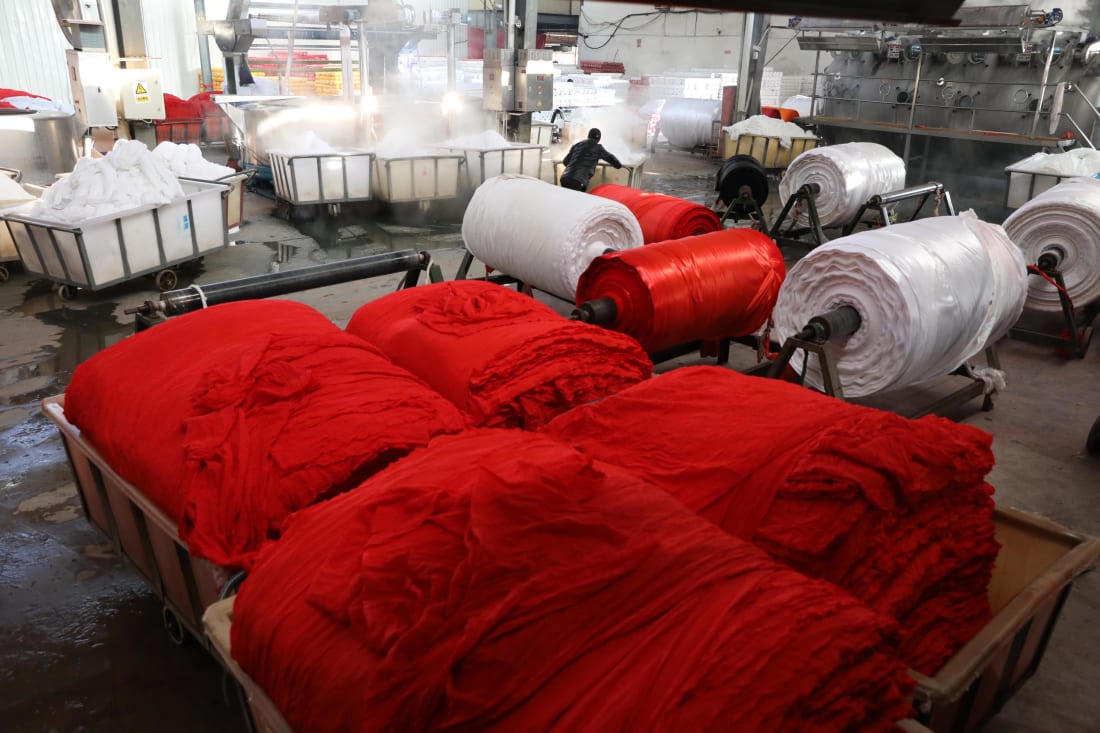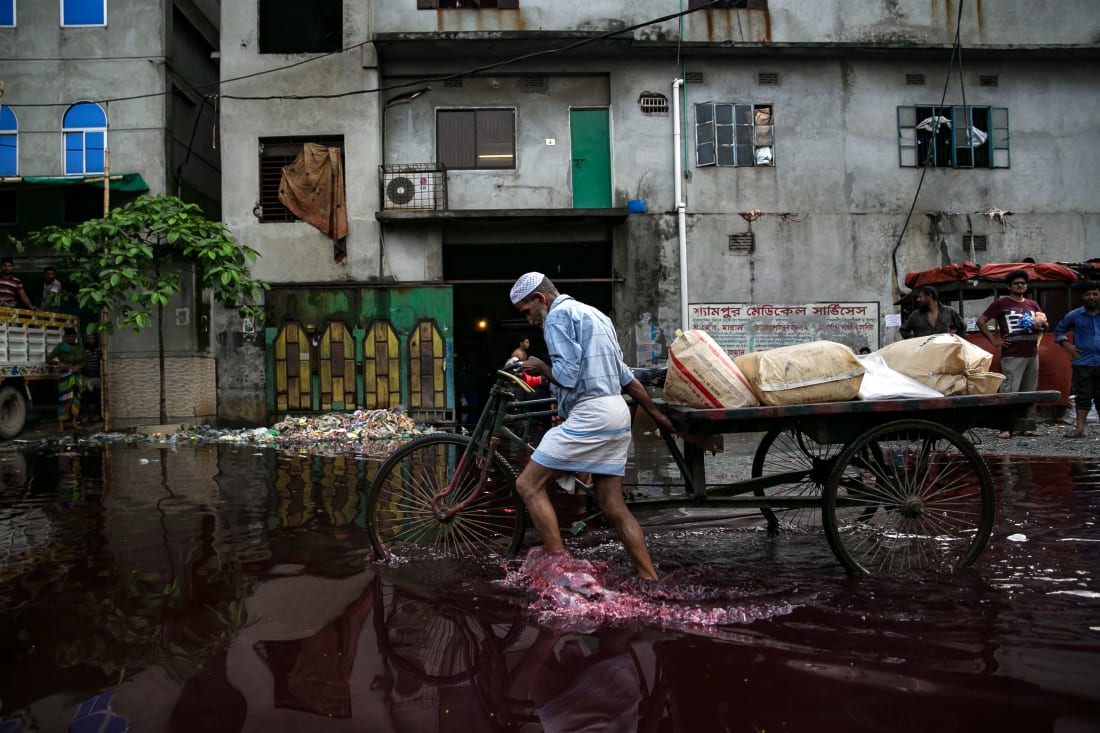One of the best tools in the fight against climate change isn’t solar panels or electric cars, but the humble tree in your backyard. As a tree hugging environmentalist, I spend a lot of time thinking about how trees in their natural habitats can benefit people. It turns out that trees in cities are particularly good for people, even beyond their climate benefits. Urban forestry is worth the investment from equity, environmental, and economic perspectives—but everything has its price. We need to utilize the benefits of urban forestry and address their potential trade-offs, too. Here’s the ways that urban forestry helps us–and how we can improve it for everyone.
How can urban forestry be useful?
The benefits of trees in cities are seemingly endless. They absorb carbon dioxide, cool down neighborhoods, and give us clean air to breathe. Oh, and they can be really useful for environmental justice, too.
1. Mitigating climate change. Human activities release greenhouse gases to the atmosphere, causing climate change. Reducing greenhouse gas emissions is the only way to really stop climate change, but as politicians drag their feet on that, urban forestry is an important mitigation tool. Trees (and other green plants) absorb carbon dioxide, the most significant greenhouse gas, and store it securely in their trunks and leaves. Urban trees pull down 25.6 million tons of CO2 every year, a service worth $2 billion.
2. Adapting to extreme heat. Planting trees makes neighborhoods cooler! Trees help to counteract the urban heat island effect–a phenomenon where cities become hotter than their surrounding natural areas, creating “islands” of heat centered around urban areas. Trees make neighborhoods cooler by providing shade and cooling the air. Water is soaked up by trees, travels through their trunks, and evaporates from their leaves. Just like sweat cools us off when it evaporates from our skin, trees cool the air when water evaporates from trees and the soil!
3. Benefiting local ecosystems. Trees provide habitat and food for local wildlife. In Los Angeles, for example, native street trees like coast live oak and sycamore are important for local birds.
Trees can also help to reduce stormwater runoff and prevent soil erosion. With their roots in the ground, trees hold dirt in place and allow rain to be absorbed instead of running off. These are key benefits to building resilience in urban ecosystems.
4. Advancing environmental and climate justice. Tree canopy cover isn’t distributed equitably across neighborhoods–in fact, race and income strongly influence the amount of trees in a neighborhood. Historically redlined areas tend to have fewer trees, higher risk of extreme heat, and greater exposure to air pollution. Studies have shown that planting trees can also cut pollution in homes by half by absorbing small airborne particles.

Trees line a street in Beacon Hill, a wealthy and white neighborhood in Boston. Photo courtesy of Kimberley Zak (@KimZakPhoto on Instagram)
Urban forestry initiatives that target communities of color and low-income communities can advance environmental justice and equity in tree cover distribution. Planting trees where they are needed most can help to bridge the canopy cover gap between rich and poor, and white and POC communities.
Planting trees creates local economic opportunities too. Urban forestry jobs can employ local community members who might already be affected by environmental injustices.
What are the trade-offs of tree planting?
Like with most solutions, there are right and wrong ways to implement urban forestry. Improperly planted or managed urban forests can’t achieve the benefits listed above. In fact, they can create their own problems for people and the environment.
1. Young trees can’t fight climate change. Urban trees don’t become “useful” until they are mature. Until they reach about 30 years old, urban trees are net carbon emitters. It’s only when trees reach maturity that they start to sequester meaningful levels of carbon. This means that no matter how many saplings we plant, we won’t see any climate benefits unless we can commit to taking care of them for the long run.
2. Planting trees can harm local ecosystems. People tend to like non-native trees that are small, have short life spans, and have pretty flowers. These aren’t great for local environments, and they are less effective for carbon sequestration, too. Many of these trees are also non-native tree species, which can have serious impacts for local ecosystems if they escape beyond the city.
Some trees require lots of water to grow. This means for dry areas like the Southwest US, tree planting might undermine water conservation efforts. Invasive or non-native species especially have resource requirements that aren’t suited for their introduced habitat.
4. Green gentrification. Planting trees in low-income neighborhoods can raise property values with their aesthetic and environmental benefits. Creating sustainable infrastructure for climate resilience raises property values, but that means that existing residents might become priced out as rents increase. This is counterproductive to achieving environmental justice–what is the point of improving local communities if the people who need it most are forced out?
How can we manage the drawbacks of urban forestry while maximizing benefits?
The Arbor Day Foundation puts it nicely: it’s about planting the right tree in the right place. The downsides of urban forestry might be surprising, but we can take them as an opportunity to make planting trees environmentally just and beneficial. Local, community-based urban forestry can help to maximize the benefits of urban forestry for everyone.
1. Protect standing trees. The most important urban forestry measure for climate mitigation is protecting existing trees. On average, one tree is lost for every two that are gained–so protecting trees that we already have is critical.
2. Ensure long lives for new trees by getting communities involved. The next step, of course, is to plant new trees–and make sure they get old enough to store more carbon. Community programs that employ local youth to learn about and take care of young trees are essential for this step. For example, Boston-based Speak for the Trees runs an Urban Teen Tree Corps which gets young residents involved with urban forestry and community outreach.
Communities also need to give their input on where trees are planted and which trees are protected. By including community members upfront, urban forestry initiatives can reduce the likelihood of tree removal down the line. Informing the community members about the benefits of trees and different options can inform individual decisions about whether or not to plant or keep a tree.
3. Protecting local ecosystems. The negative impacts to local ecosystems can be mitigated by choosing the best tree for the local habitat. For example, selecting native trees instead of invasive ones can help with environmental issues related to drought, soil health, and wildfires.





















